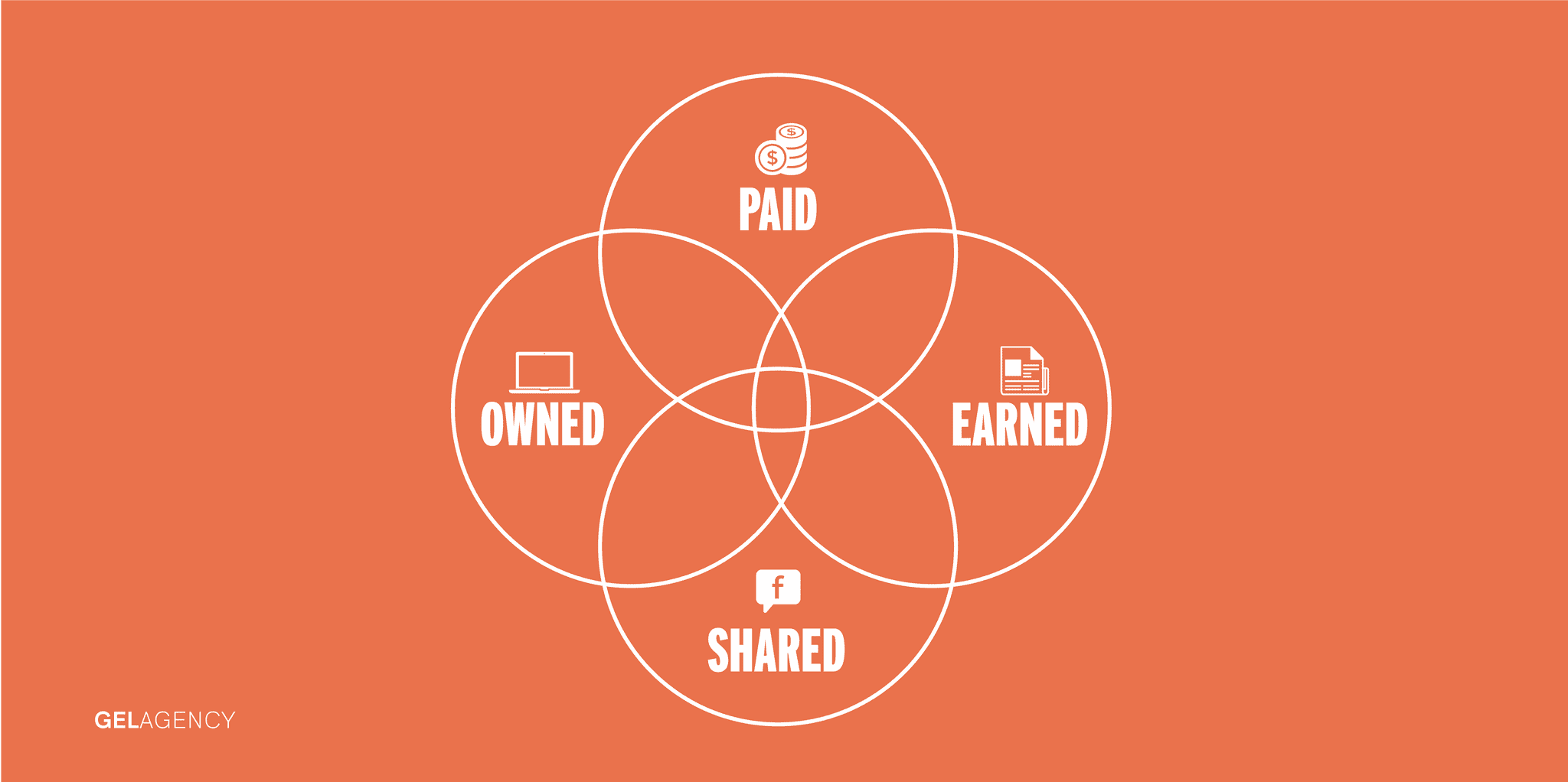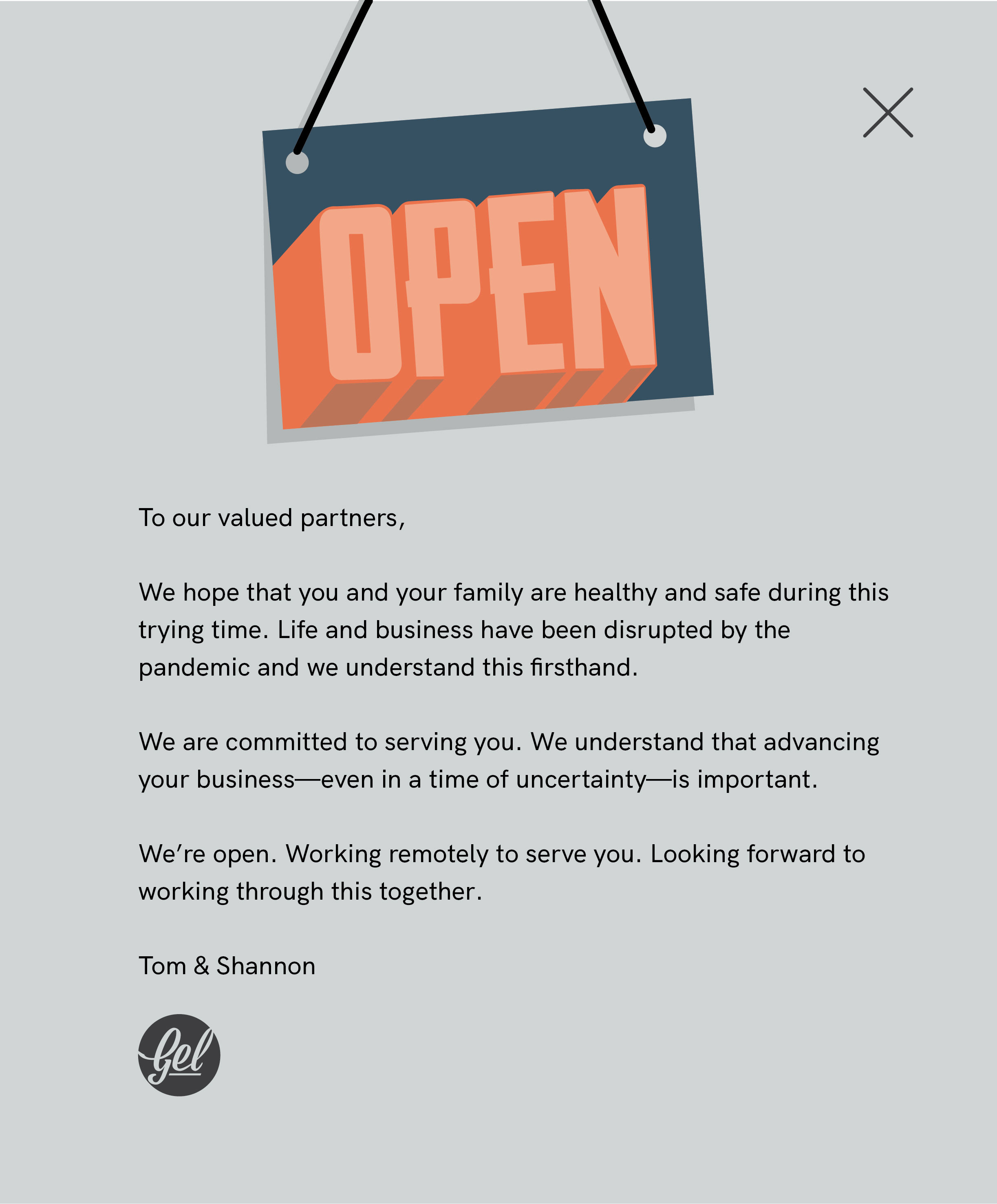5 Ways to Master Your Marketing Mix
Marketing is like investing. Endless options in a changing sea. How do you know when you’ve got it right? Where should you invest your time and money?
We can take a few lessons from our friends in the financial sector. Managing the marketing mix and managing an investment portfolio have a lot in common.
1.Balance your portfolio
With the volume of content being published on the daily, it’s easy for a brand manager to lose sight of how content is being distributed. Just like a good financial advisor recommends balancing the investment portfolio every year, it’s critical that you take stock of the distribution of your content across marketing channels.
Like a good investor, a brand manager balances the marketing mix. The marketing budget should be distributed across paid, owned, earned, and shared media to distribute effort, absorb failures, and protect against disruptions.
We’ll start with the PESO model.
Simply put,
Paid media is advertising in all its forms, traditional and digital. You pay to distribute your content through their channel.
Earned is media coverage. Their/your content on their network. Think news coverage, guest blogging, and podcast interviews.
Shared is social media. Your content on someone else’s network.
Owned is your content on your platform. Your website. Your in-store experience.
It’s important to spread your effort out. Start by assessing your current marketing mix. Do a quick calculation. You’re not always looking for even distribution. That depends on your strategy, your product, and the stage in the brand’s life cycle. What’s important is that you are investing in all of them. It protects the company from a disruption to any one of the media types.
Considering the strategy you adopt, I’d argue the order should be changed—SOEP—but the word is harder to say. Fifteen years ago when there were only a couple of social networks, owned media was the priority. The goal of digital marketing was to drive traffic to your website. Now with the social networks allowing in-app shopping, the relevance and importance of a website is declining, especially for B2C business.
For every shared channel—think social media networks— we’re at the mercy of the algorithm. Considering how many social networks there are now, it’s important to distribute the marketing efforts. There’s great risk in building your brand on a sole social media platform. You’re exposed. Everyone remembers the 2018 Facebook algorithm change that suddenly favoured content from family and friends (it’s original MO). What this meant for business was a dramatic drop in reach literally overnight.
No matter how bulletproof the content strategy, a change to the algorithm can have a big impact on reach. Distributing content across channels is a way to manage the risk and it provides a measure of security by having audiences on more than one platform. Deciding which platforms to add will depend largely on the company’s capabilities, resources, and brand. What’s certain is that you need to be in more than one place.
2. Reinvest your returns
Investments grow when you keep returns in the portfolio and buy more stock rather than cashing out. In the marketing context, this means doubling down on the marketing channels where you’re getting the most traction.
The marketing mix doesn’t have to be evenly distributed. It just needs to be distributed. As part of your planning, after you look at the mix once or twice per year, it’s worth looking at the analytics. Identify the digital marketing channels that are working well. Figure out what it is that you’re doing that’s working. Why you’re getting the results. Increase the time and budget there and better yet, take those learnings and apply them to your other marketing programs.
3. Plan for failure
Don’t expect everything to work. The digital world is changing so rapidly that what worked last year, last month, last week may not be as effective now. You might decide to try a new medium, a new campaign, or a new partnership. Know that most of your experiments will pay off, but some will flop. It’s just the nature of the beast. Another reason to diversify.
Measured efforts with reasonable investments in a test market ensure that failures don’t damage the brand. You can afford to test. You can absorb an effort that bombs. And as we’ve all heard and I believe, a failure is only a failure if you repeat it. Failure gets us closer to success by showing us what didn’t work so we can design a campaign that does.
4. Keep a close eye
You don’t need to be the neurotic day trader checking your stock updates by the minute, but managing a winning marketing strategy involves monitoring. You have to track the data to see what’s working and what isn’t. The beauty of digital marketing is that there is a metric for everything. The challenge is that if you’re not a numbers person, this can be overwhelming. Don’t stick your head in the sand. Don’t set it and forget it.
Especially with paid campaigns, it’s important to know which ads are getting the best engagement and the highest ROI so greater efforts can be directed there. Dropping campaigns that aren’t working after you’ve given them a fair trial is a good business decision too. Better to divert that budget to where you’re getting results.
5. Be consistent
Millionaires know the magic of compound interest. Applied to marketing, consistent creation of quality content wins. It may seem like your blog posts aren’t getting read by many people and your efforts on a social network aren’t getting much engagement.
You don’t need to hit the motherlode. What’s important is that you show up consistently, every day, every week, every month on every channel you’ve committed to. Your efforts will create incremental results that compound over time to build a strong, sustainable brand. Be the tortoise, not the hare.
Adequate investment and consistent effort across a diversified portfolio of digital marketing channels is the way to grow your audience, your reputation, and your brand.
I hope you feel inspired to dig into your marketing mix. As they say, you can’t manage what you don’t measure. How’s it looking? Are you overexposed on one channel and absent on another? Don’t be discouraged.
The first step is to recognize it. The next is crafting a strategy and a content plan to address it. And if your in-house team doesn’t have the capacity or skills to execute, consider outsourcing to an agency or freelancer who does. Here’s to balancing the marketing mix!


